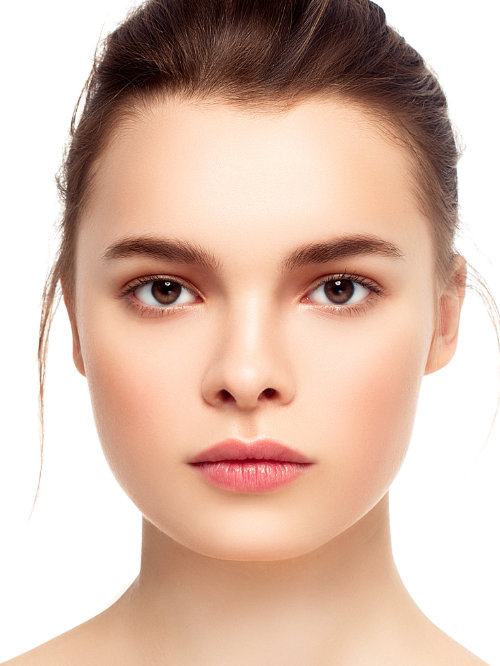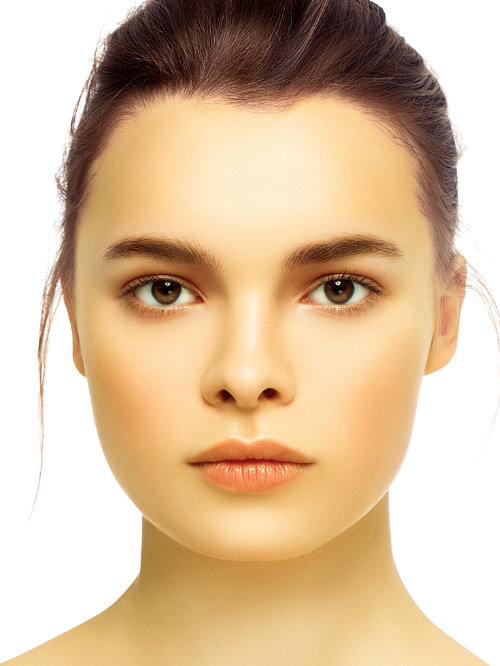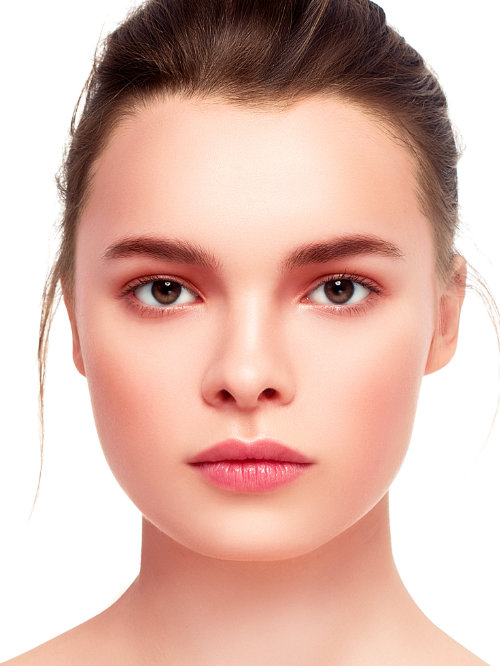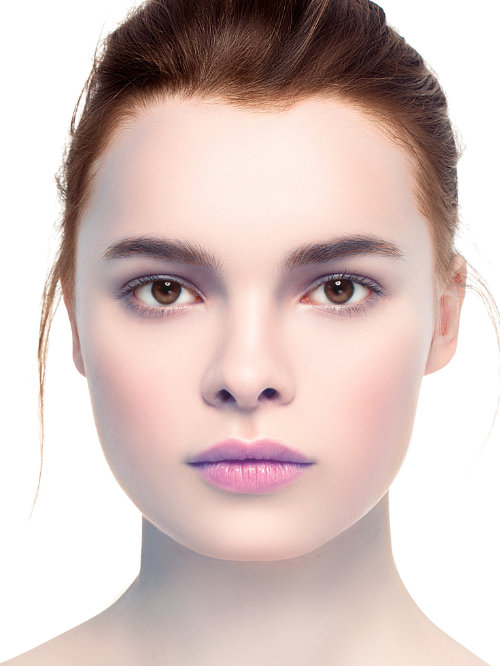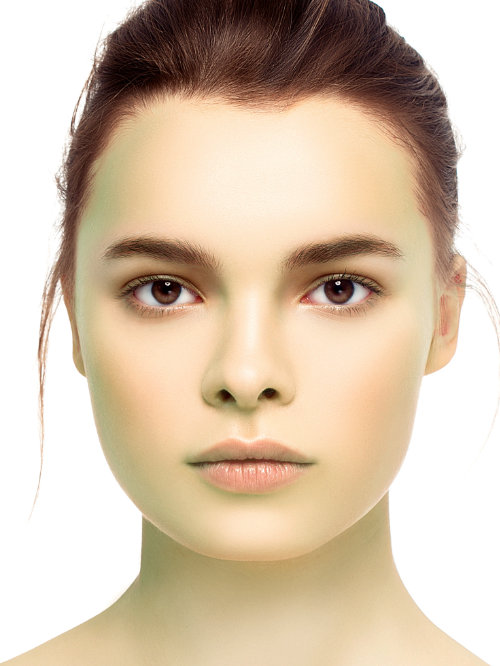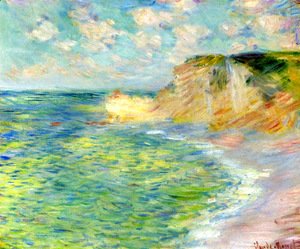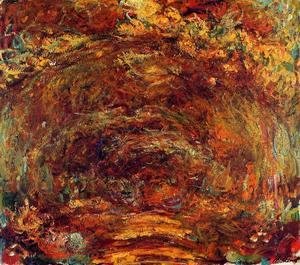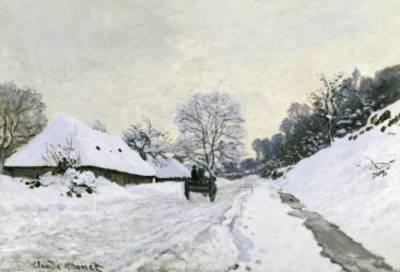All the colours that make up you - your skin, hair and eyes - are in perfect harmony with each other. When you add colours to your body that add to this harmony (in clothes, accessories, makeup, or hair colour) remarkable things happen.
You look healthier, younger, stronger, more relaxed, more attractive. And you don’t just look better, you feel better.
A 12-Tone Personal Colour Analysis is the way to find your colours.
Why it works
Human beings use colour effects in skin to assess health and emotions in others.
Why should you care? Because the colours that surround you can create optical illusions that change how you appear, mimicking the visual effects of health and emotion.
In the photos below, we see the same woman with a similar background, but wearing different colours.
Surrounded by harmonious colours, this woman looks relaxed, strong, and beautiful.
Despite the wider smile, this woman looks unnatural, tired and drained of colour.
Wearing colours that are disharmonious with you can make you look unhappy, even if you’re not. They can make you look tired when you’ve had ten hours sleep. They can make you look weak, mentally as well as physically. They can even make you look untrustworthy.
In harmonious colours you look powerful, present, and full of vitality.
From 4 seasons ...
In the 1980s a four-season PCA approach became very popular. The palettes were named after seasons, because they evolved from palettes that impressionist artists used to evoke those times of the year, as in the Monet paintings below.
In this system people were categorised as Springs, Summers, Autumns or Winters. Spring and Autumn palettes contained warm colours (yellow undertones), Summer and Winter colours were cool (blue undertones).
For people whose colouring was completely warm or completely cool, this system worked. However, we now know that the majority of people have colouring which is not absolutely warm or cool, but somewhere in between. For these neutral-coloured people, PCA was a frustrating disappointment.
... to 12 tones
The late Kathryn Kalisz, a Master Munsell Colourist, drew from both the science and the art of colour theory to create the revolutionary Sci\ART system of PCA. She refined the original “true” seasons and added eight new neutral seasons (or tones) that cover the full range of colours found in all human beings.
To create the 12 palettes, the four seasons were each divided into three sub-seasons (echoing the three months of each season of the year).
In the same way that Spring gradually turns into Summer, Spring colours mix with Summer colours to create two Light palettes, Light Spring and Light Summer.
As Summer turns into Autumn, these palettes mix to create the Soft tones, Soft Summer and Soft Autumn.
Autumn turning into Winter creates the Dark seasons, Dark Autumn and Dark Winter.
Finally, Winter moving back into Spring creates the Bright palettes, Bright Winter and Bright Spring.


